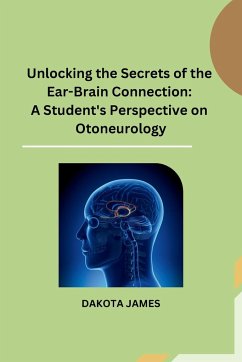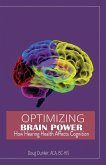Understanding the Ear-Brain ConnectionThe intricate relationship between the ear and the brain forms the foundation of otoneurology, a fascinating field that explores the mysteries of our auditory system. In this subchapter, we will delve into the complexities of the ear-brain connection, unraveling the secrets that lie within.The ear, often seen as a simple organ responsible for hearing, is far more complex than meets the eye. It serves as a gateway, transmitting sound waves to the brain, where they are decoded and transformed into meaningful information. But how does this process occur? What happens along the way?To begin, let's explore the anatomy of the ear. The outer ear captures sound waves, directing them towards the middle ear, where they are amplified by the eardrum and three tiny bones called ossicles. From there, the sound waves travel to the cochlea, a spiral-shaped structure in the inner ear. Inside the cochlea, hair cells convert the vibrations into electrical signals that can be interpreted by the brain.But the journey doesn't end there. These electrical signals are then transmitted to the brain through the auditory nerve, where they are further processed and analyzed. The brain's auditory cortex, located in the temporal lobe, decodes these signals, allowing us to perceive and understand the sounds around us.However, the ear-brain connection goes beyond just hearing. It also plays a crucial role in maintaining balance and spatial orientation. The vestibular system, located within the inner ear, sends signals to the brain that help us stay upright and navigate our surroundings. Without this connection, simple tasks like walking or driving would be nearly impossible.For students interested in otolaryngology, understanding the ear-brain connection is essential. By studying this intricate relationship, we can gain insights into various auditory disorders and develop innovative treatments. From hearing loss to balance disorders, otoneurology offers a wealth of opportunities for exploration and discovery.
Hinweis: Dieser Artikel kann nur an eine deutsche Lieferadresse ausgeliefert werden.
Hinweis: Dieser Artikel kann nur an eine deutsche Lieferadresse ausgeliefert werden.








